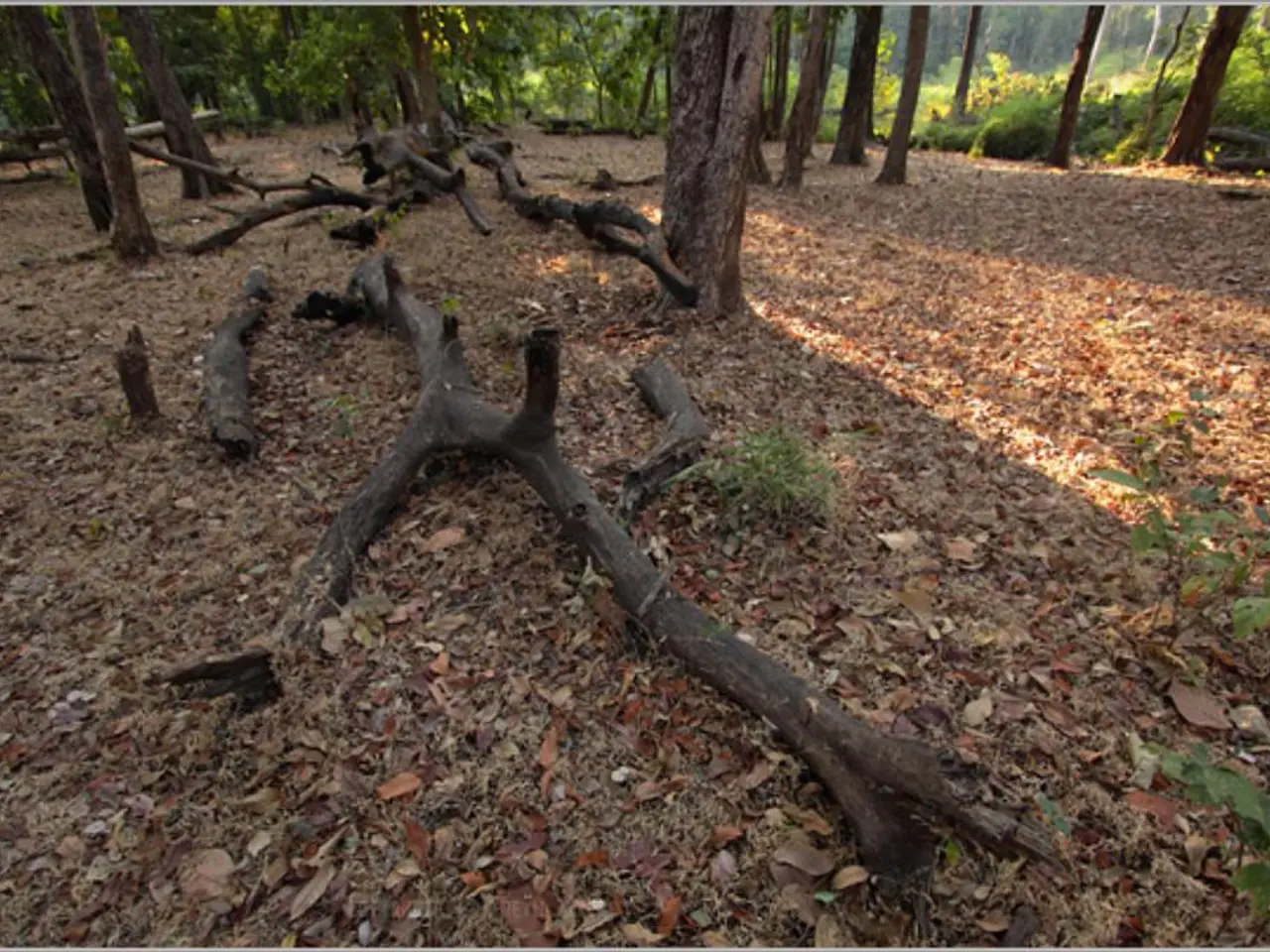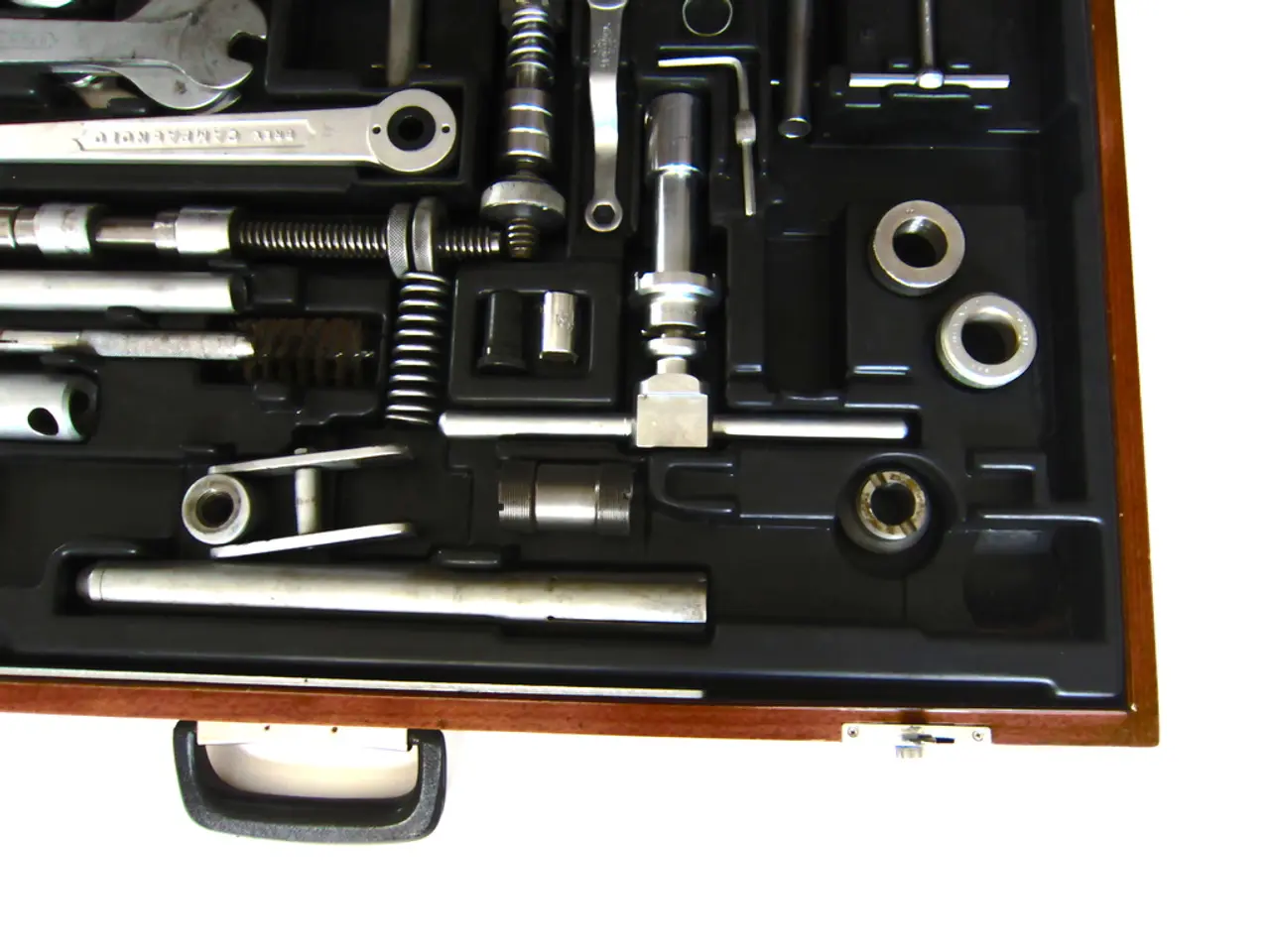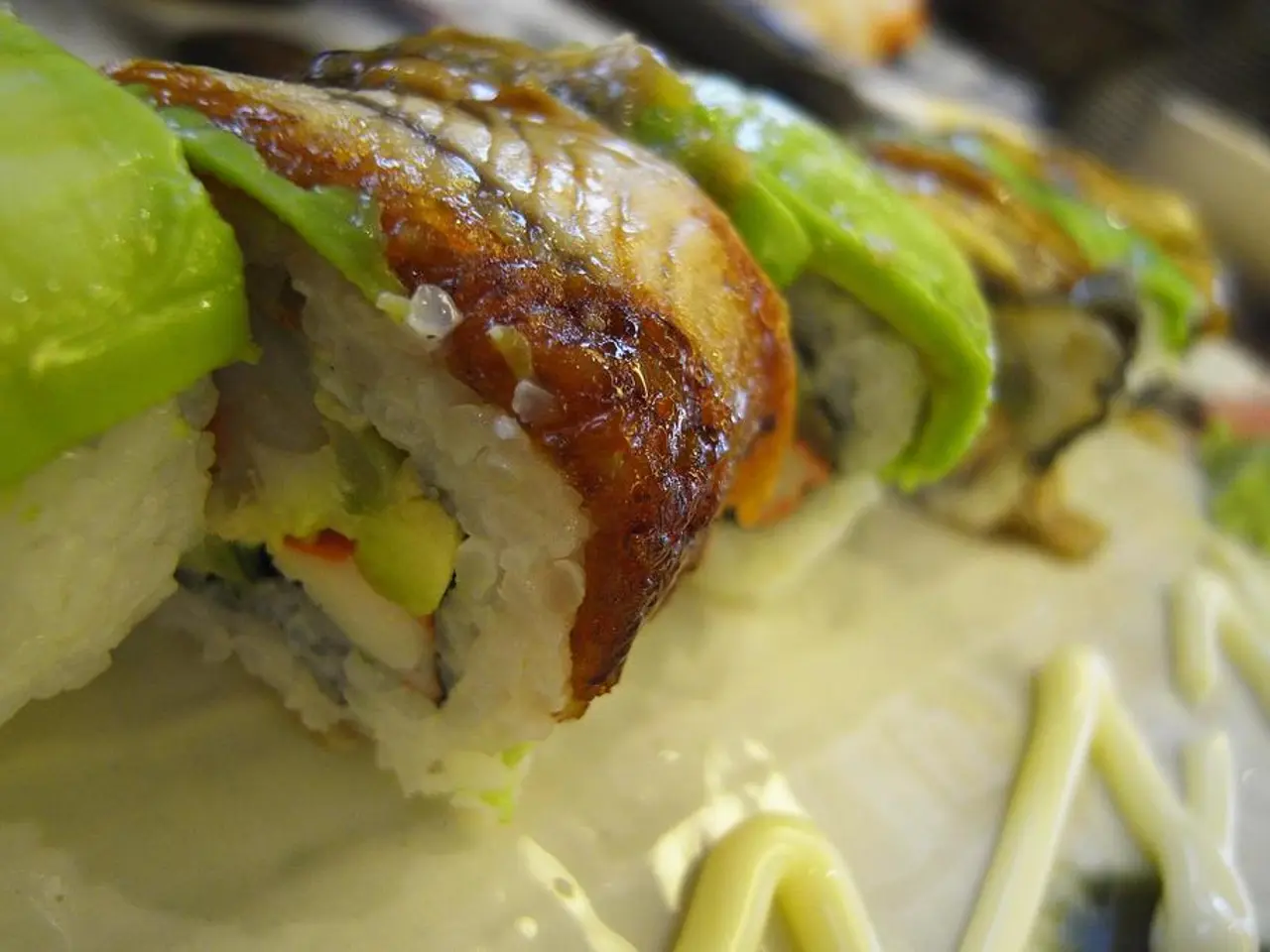Wooden Elements in Landscaping: A Comprehensive Guide on Manzanita Hardscape (Varieties and Applications)
In the world of terrariums, paludariums, and aquariums, Manzanita wood has carved out a niche as a go-to choice for adding natural structure, visual depth, and a branchy, aesthetic appeal. Its unique shapes and varying thickness make it an ideal choice for creating perspective and focal points in these environments.
For those planning to use Manzanita wood in aquariums, it's essential to prepare it properly. The wood is naturally buoyant, so soaking it for several days is necessary to allow it to become waterlogged and sink. To further optimize its use, boiling the wood before adding it to the aquarium helps reduce the release of tannins, which can initially discolor the water (a common and normal effect that lessens over time).
In terrariums and paludariums, Manzanita wood can be used as-is or wrapped with moss and plants to enhance the natural look and create microhabitats. Its lightweight nature and lower tannin release compared to some other wood types make it a favored choice, especially when sandblasted. For the most authentic look, raw Manzanita wood without chemicals or sealers is preferred for natural setups.
Here's a summary of the preparation steps for Manzanita wood in aquariums and terrariums:
- Soak the wood for a few days to make it sink (necessary for aquarium use).
- Boil the wood before adding to reduce tannin leaching and sanitize it.
- Use sandblasted or raw, chemical-free Manzanita wood for best results.
- Optionally, wrap with moss or plants for added aesthetics in terrariums or paludariums.
This preparation ensures both visual appeal and water quality stability when using Manzanita wood in aquatic and semi-aquatic environments.
Manzanita Wood can serve as a stunning centrepiece, with a large container accommodating its branches. By combining it with different branches, you can achieve the desired results in a scene. For a more organic look, Manzanita Wood can be used vertically, with moss attached to the smaller branches to recreate the appearance of a living tree.
Smaller assorted branches of Manzanita Wood make great highlights in larger scenes, while adding multiple pieces into a densely packed plant area creates depth and gives the illusion of a wild undergrowth beneath. Manzanita Wood is also a favourite wood of the author for terrarium use, but it's important to note that it isn't a lightweight material, and larger gnarled branches can get heavy, potentially cracking a glass container if they slip.
In addition to providing structure and planting opportunities for epiphytes like air plants, orchids, and Bromeliads, Manzanita Wood can also be used as a mount for these plants, adding a natural rainforest feel to a scene. With its versatility and natural charm, Manzanita Wood is an invaluable addition to any terrarium, paludarium, or aquarium.
- When incorporating Manzanita wood in home-and-garden projects like terrariums and paludariums, consider wrapping smaller branches with moss and plants for a more organic appearance that creates microhabitats.
- For those planning to use Manzanita wood in their home, it's crucial to prepare it properly by soaking, boiling, and either sandblasting or using raw, chemical-free wood to ensure both visual appeal and water quality stability.




